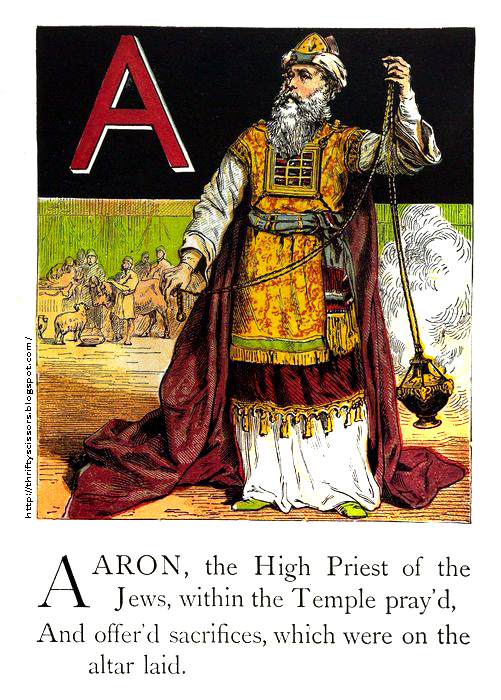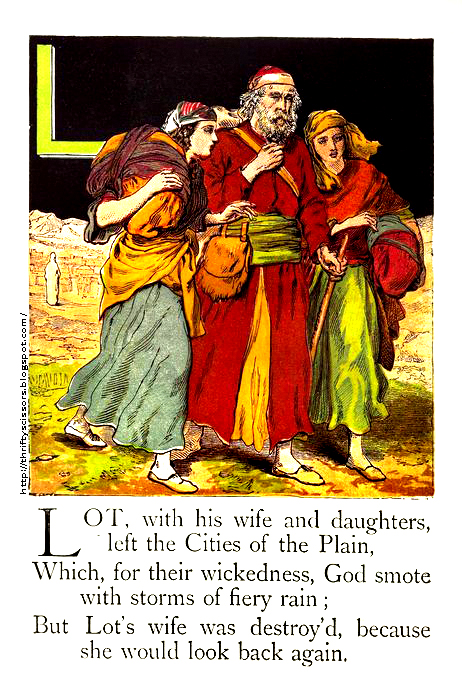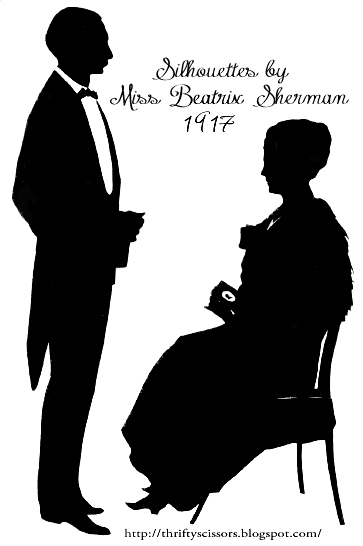 |
Gus Walle. Maker of
Silhouettes. (self portrait) |
With His Little Shears Mr. Walle is Making Portraits of Well Known Men and Women.
Any one who wants to call Gus Walle a psaligraphist can do so with impunity. When you can apply a name like that to a man and not have anything happen to you there must be some good reason for it. In this case the reason is that a psaligraphist is what Mr. Walle really and truly is and he is proud of it.
The art of cutting silhouettes, or psaligraphy, is much more practised abroad than in this country. In Stockholm, where Mr. Walle lived before he came to America, there have been several masters of it. His own mother was an accomplished manipulator of the little shears, and he himself, watching her from the time he was a child and imitating her for his own amusement, has become so expert that his swiftness and cleverness are astonishing.
Although Mr. Walle might stand for being called a psaligraphist, he does not describe himself by any such high sounding name. But he will tell you more or less about the origin of the art. He says it was carried to a high degree of perfection by the Greeks. The monochrome figures on Etruscan vases are really silhouettes. Later the art fell into disuse until the middle of the eighteenth century. From that time it was very much in vogue until the invention of photography drove it out again.
Many of the old time silhouette makers couldn't have cut a profile freehand any more than they could have walked on air. They placed a person so that his shadow would be cast on the wall, then they traced this and reduced it to a smaller size. Some would have the shadow cast on ground glass and trace it on that. All kinds of apparatus were devised for copying the profile mechanically, but they were not eminently successful.
 |
| Mlle Gaby Deslys |
This young man from Stockholm doesn't bother with paraphernalia. He has a pair of scissors about four inches long, three inches of that length being handle. They look as if they might have been intended for surgical use they are so slender. Mr. Walle has been using them for sixteen years and he thinks he would almost have to give up his profession if anything happened to them.
Mr. Walle's Way of Work.
When he makes a silhouette he does not post the person against the light or against a black cloth or anything of that sort. He simply tells his subject to sit on a rather high office stool. He himself sits on a chair only a few feet away.
There is only one point about which he is at all particular; he prefers to have the person's right side toward him. A great many persons are inclined to protest about this. they have been informed by photographers that their left is their best side and they want to turn that one to the silhouette artist.
There really is a great difference between the sides of almost every face; but the variation is in the modelling, the shape of the eyes, the way the hair grows, the corners of the mouth, the lift of the eyebrows and so on. When one comes to think of it, prompted thereto by the silhouette men, one realizes that the outline of the head is the same whichever way you take it.
The reason the artist in this case wants his subject's right side is because it is easier for him to cut that way. He invariably begins at the bottom of the paper at what will be the front of the picture when finished. He cuts every detail as he goes, the buttons on the coat, the lace jabot: everything is reproduced and with astonishing rapidity. He scarcely looks at the paper his cutting. His hands move as surely as those of a musician who is absolutely familiar with the keys.
 |
| small boy |
Yet all the time he is turning and twisting the paper, making little fluttering motions with it as he outlines the lace, slicing boldly in for the curve of the throat and sweeping around the top of the head as freely and easily as if he were merely writing his name. How it happens to come out all right in the end is a mystery to the bystander.
You might think he would need to block out in some general proportions what he is going to make. Otherwise the head might be out of proportion or the outline might wander dangerously before it had climbed the peak of the topmost feather on the hat and started on the backward descent. But he takes absolutely no precautions to insure proportion. He seems to have instinctive sense of it and the little scissors shear their way unhesitatingly and unerringly.
If the features to be reproduced are bold as many as six thicknesses of paper can be cut at once, thus making six copies of the same silhouette. The number of thicknesses that can be cut simultaneously diminishes, according to the delicacy of the features and the size of the silhouette to be made, until only a single one can be cut at a time.
Big Silhouettes Hardest.
The very large silhouettes are the hardest to make, partly because there are more details of outline to be reproduced and partly because it is not quite as easy to visualize the large picture and "feel" it as a whole. Mr. Walle has made silhouettes with heads that were more than twelve inches in diameter.
On the other hand he makes many full length silhouettes in which the head is only half an inch long. When he makes one of these full length figures he begins with the toe of the shoe and cuts his way up the front of the figure and down the back without a pause except perhaps for an umbrella or cane or chair.
 |
| Mrs. John Jacob Astor |
All these details are cut just as they come instead of being cut by themselves and are pasted on separately. Another hard thing to do is to cut a row of persons to be mounted on the same card. They are posed one after another and all cut from the same sheet of paper so that they fit together with only a narrow line of white between.
At a recent dinner party where Mr. Walle was engaged he made a row of heads of all the guests, with the dinner table suggested below them. In addition he made three copies fo separate silhouettes of each individual present, including some of the Metropolitan Opera House artists who sang after the dinner.
Silhouettes of women are as a rule more interesting to Mr. Walle to make because there is so much more variety in their hair and dress. Men's features seem more striking at first thought, but they are not always so by any means.
While the nose is of course the most prominent feature in a profile, it isn't necessarily the one which gives the most characteristic line. The curve under the nose and of the upper lip is one of the most important sections of a profile. The chin and the line underneath it are also important. In fact not only every detail of outline but also the angle at which the silhouette is finally mounted on the card is significant.
After the cutting of the outline is competed the artist begins to make what seem like the most careless slashes into it. As likely as not he cuts the head off entirely. In this way he secures the white lines which break up the black and add detail and character.
Some of the paper he uses is already gummed on one side. He has a pad which he wets and on which he then lays the pieces of the silhouette gum side down. When this gum is softened he takes the paper up with a penknife blade and lays it on the card. This must be done right at the first try or the whole thing is spoiled. It cannot be moved even a fraction of an inch or the card will look soiled.
If the head has been cut off the silhouette is placed first on the card. Then the rest is added, leaving just a tine line of white to indicate the collar. The paper is smoothed down carefully and the work is done. For rapidity, accuracy and delicacy it is an astonishing performance. The Sun, May 5, 1912.
More Silhouettes by Gus Walle coming soon.




























































